TRAINS from Dénia to Calpe have stopped for the whole of the summer and been replaced by buses while works are carried out on the tracks.
Another month or so of hassles and delays await commuters who rely on the ‘snail rail’, as they will now have to sit on coaches in traffic jams with no guarantee of exactly when they will arrive at their place of work.
The tracks between Dénia and Benidorm were built over 100 years ago and are not ‘electrified’, meaning they have no ‘on-line’ braking system.
Tuesday, April 16, 2024
© Copyright Costa News










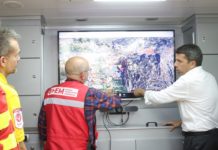




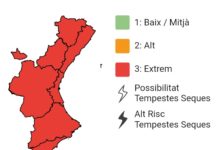


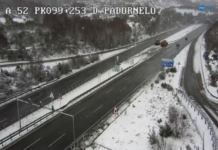

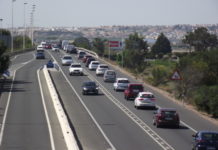

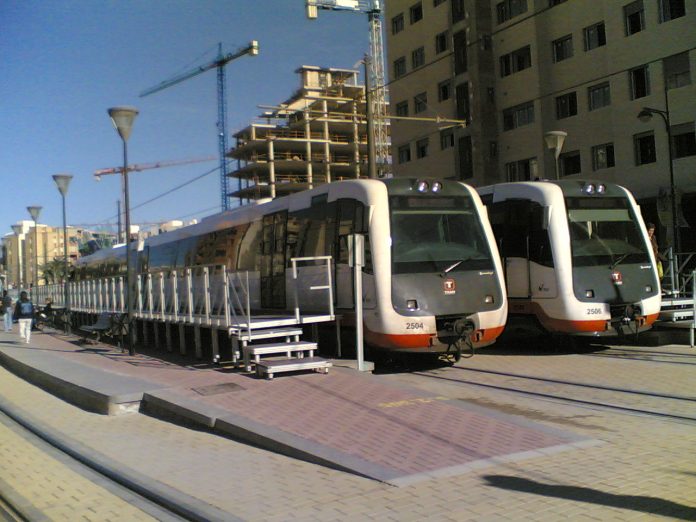
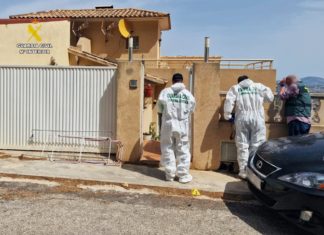











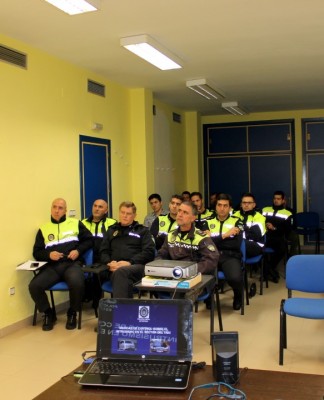



Who writes these reports? A junior reporter just out of college? Obviously a child of the ‘online’ revolution!!!
Electrified in this context means a Catenary (=overhead) wiring system as power supply. together with track improvements the trams will be able to travel faster. This in turn will require improved signalling and train detection systems. Whether that means the European ERMTS safety system is to be retro-fitted is imho doubtful. The auto-braking system referred to has been available in many trams/trains worldwide, usually in the shape of the so-called deadman’s handle or footplate. Latter-day systems can interact with ERMTS or similar equipment. This requires the driver to acknowledge electronically the approach to a signal if ignored, the brakes of a tram/train will be automatically applied. Nothing to do with the 100 years old track.